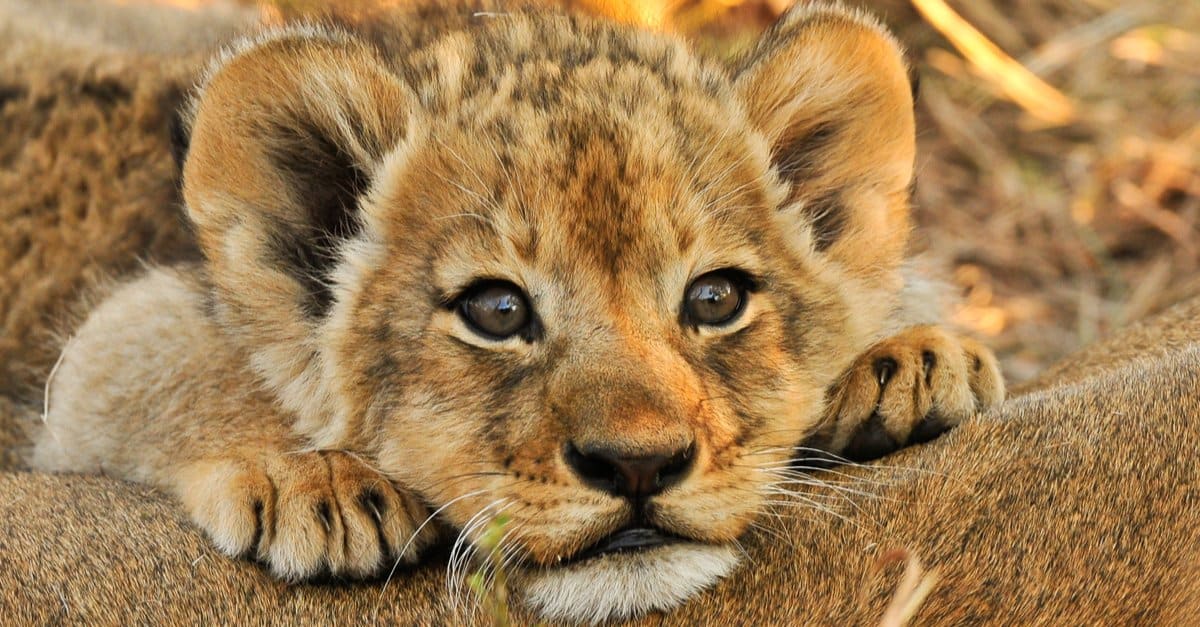Some sort of animal experience, in addition to seeing Africa’s wildlife, especially the Big Five (lion, leopard, elephant, rhino, and buffalo), is usually high on the wish list for people choosing to visit Africa. Some wish to see them in the wild and some wish to visit an animal sanctuary or rehabilitation centre, whilst others want to incorporate an element of conservation into their trip. And some have no other reason but to have a good time.
Regardless of the motive, there are a few dos and don’ts to be considered with regard to your choice of animal experience.
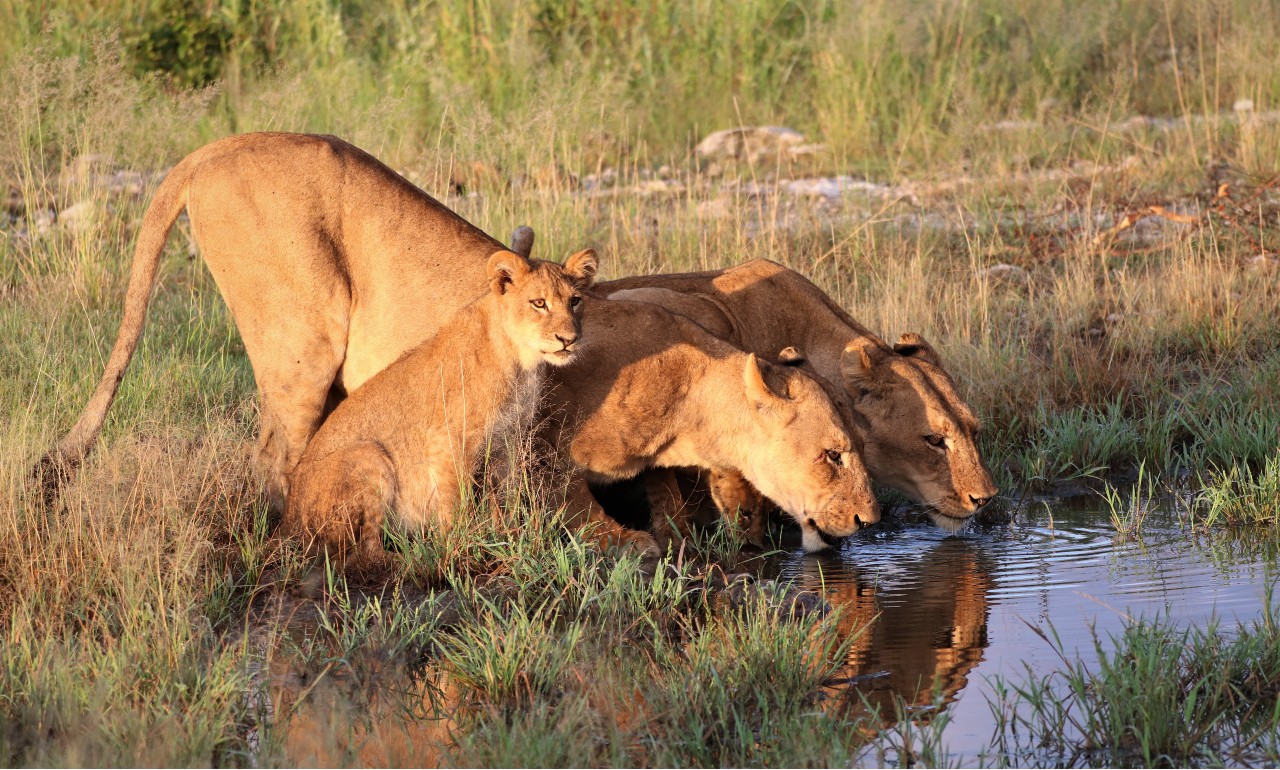
DO go on a safari where you can enjoy seeing animals in the wild, and in their natural environment.
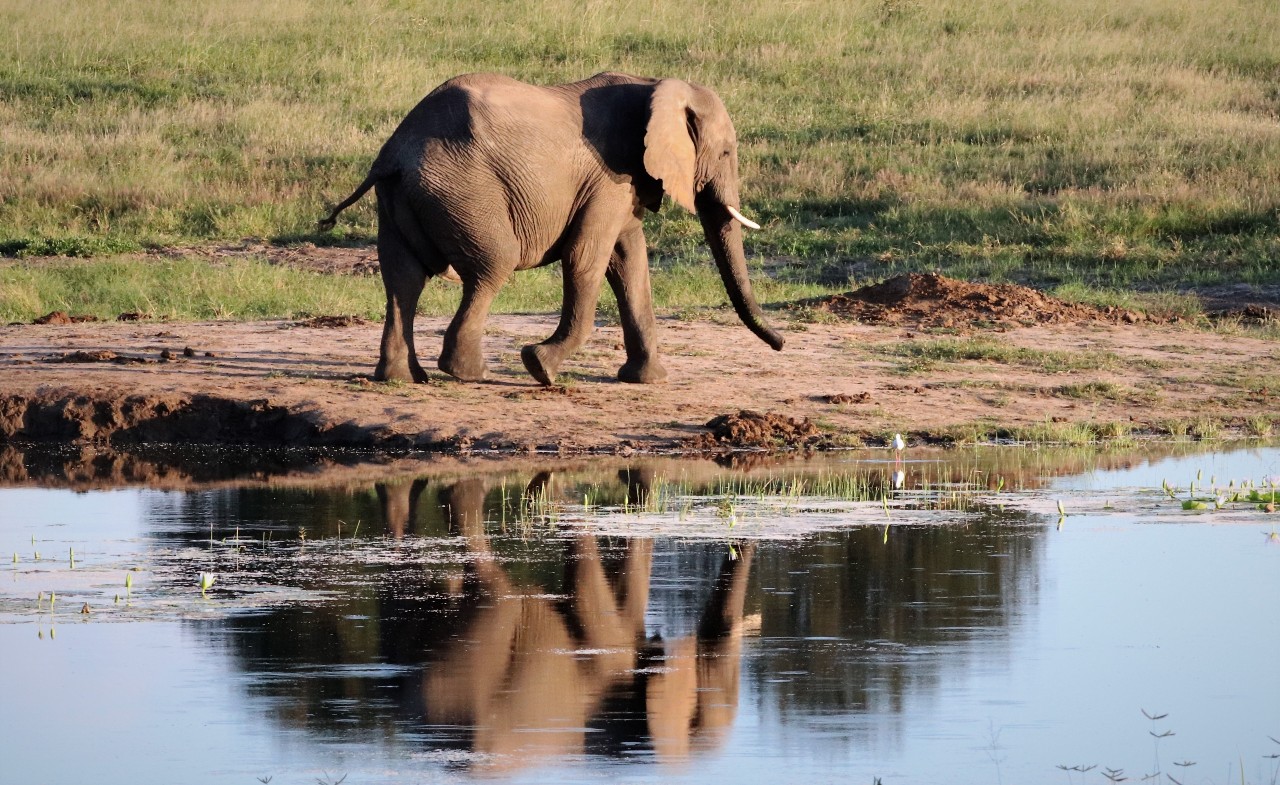
DO support reserves that are committed to translocating and returning species to their historic natural environment.
There are many areas where a species that was historically found in a region are no longer there due to hunting, poaching and habitat degradation. Various NGOs and conservation groups are making a concerted effort, with the assistance of governments and landowners to rectify this – such as the return of cheetah to Malawi through the Endangered Wildlife Trust‘s Cheetah Metapopulation Project, amongst others. These reserves and organisations should be supported for their commitment to conservation.
DO choose to visit an animal sanctuary or rehabilitation centre that are in operation benefit of the animals in their care and not just for the marketing benefit or financial gain to be derived from them.
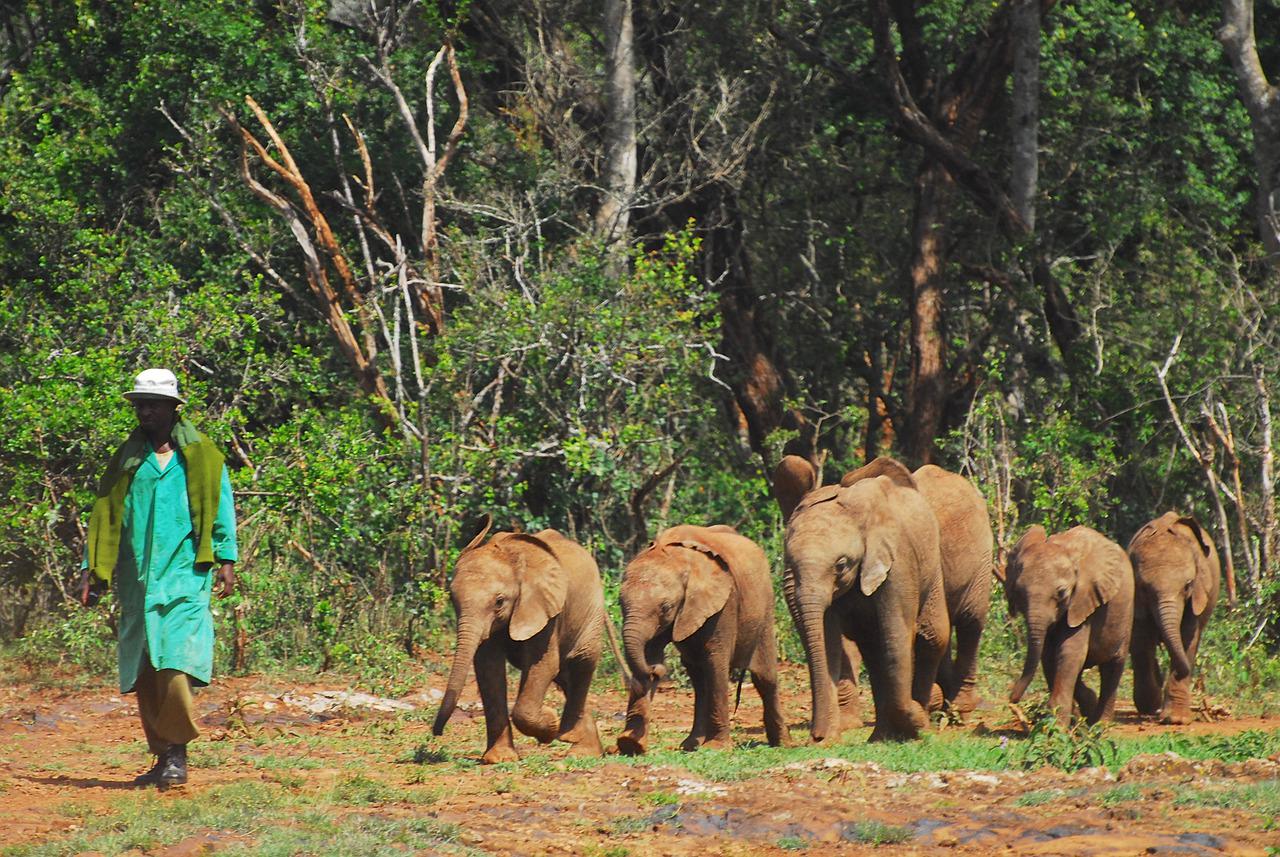
Before choosing an animal experience, make sure that you ask questions before you even consider booking an experience or activity.
Is the business profit driven or welfare driven? A welfare driven organisation will always have the animals’ best interests at heart – there will be no forced entertainment factor and no coordinated animal interactions.
- Are the animals being cared for given expert veterinary care?
- What are the plans for them being release back into the wild once rehabilitated?
- Is there a plan to breed with these captive animals? A ‘yes’ to this is definitely a red flag (see below)
DO NOT be convinced by marketing material that talks of the rehabilitation (or breeding) of lions so that they can be released back into the wild. This in fact goes for any big cats, including cheetah.
Ask questions and do your research into a facility before leaving home – check social media, review sites and other conservation sites to check whether the ‘facts’ they are sprouting are indeed factual.
Lions bred in captivity are NOT done to benefit conservation.
There are no scientifically approved cases of captive lions being successfully released back into the wild – there are some organisations that say that they have done this successfully, but it is usually into a large fenced and managed wildlife area. Lion populations in these small, protected areas are NOT under threat and captive breeding is unnecessary in this regard.
The biggest threat to wild lion populations is habitat loss which then leads to human-wildlife conflict.
Cheetah are often bred under the guise of conservation – to be used as ambassador species for an education and to be released back into the wild. Unfortunately, many establishments use the cheetah for income generating purposes, which sometimes results in them being sold as pets into the Middle East. So, do your research when it comes to cheetah experiences too.
DO NOT allow yourself to be convinced that lion petting or walking with lions is part of the rehabilitation process. It isn’t.
If you haven’t yet watched the award winning 2015 documentary Blood Lions, do so – you will no longer have any doubt about the final outcome of those cuddly little lion cubs you want to pet, or the subadult lions you want to walk with. In short, they invariably become the perfect target for a hunter (it’s called canned lion hunting – google it), or perhaps harvested for their bones. Lion bones are used as a replacement for the dwindling supply of tiger bones that are used in fortified tiger wine in Asia and in traditional Chinese Medicine.

DO NOT be tempted to go on an elephant back safari.
This animal experience is an outdated and inhumane activity and don’t be convinced otherwise. An elephant’s spine cannot carry a heavy weight, and to do so can lead to spinal injuries, besides the fact that the process of ‘training’ them often involves bull-hooks and other instruments that cause pain.
DO support elephant orphanages and sanctuaries that have an ethos of best practice
Many young elephants are injured, mutilated, or sometimes just left to starve after a poaching incident, or where their mothers have been shot in a human-wildlife conflict situation. They are either left to fall prey to other wild animals, are rounded up to be sold for captive trade, or if they are lucky, end up in a sanctuary.
Choose a sanctuary that has the elephant’s best interests at heart, that does not allow human interaction with visitors – and if it does occur it is strictly on the elephant’s terms and due to their curiosity, not because you’re offering them food. It should only be those caring for them that interact with the elephants, which should itself be only what is necessary, as limited human contact is required for a successful relocation back into the wild.
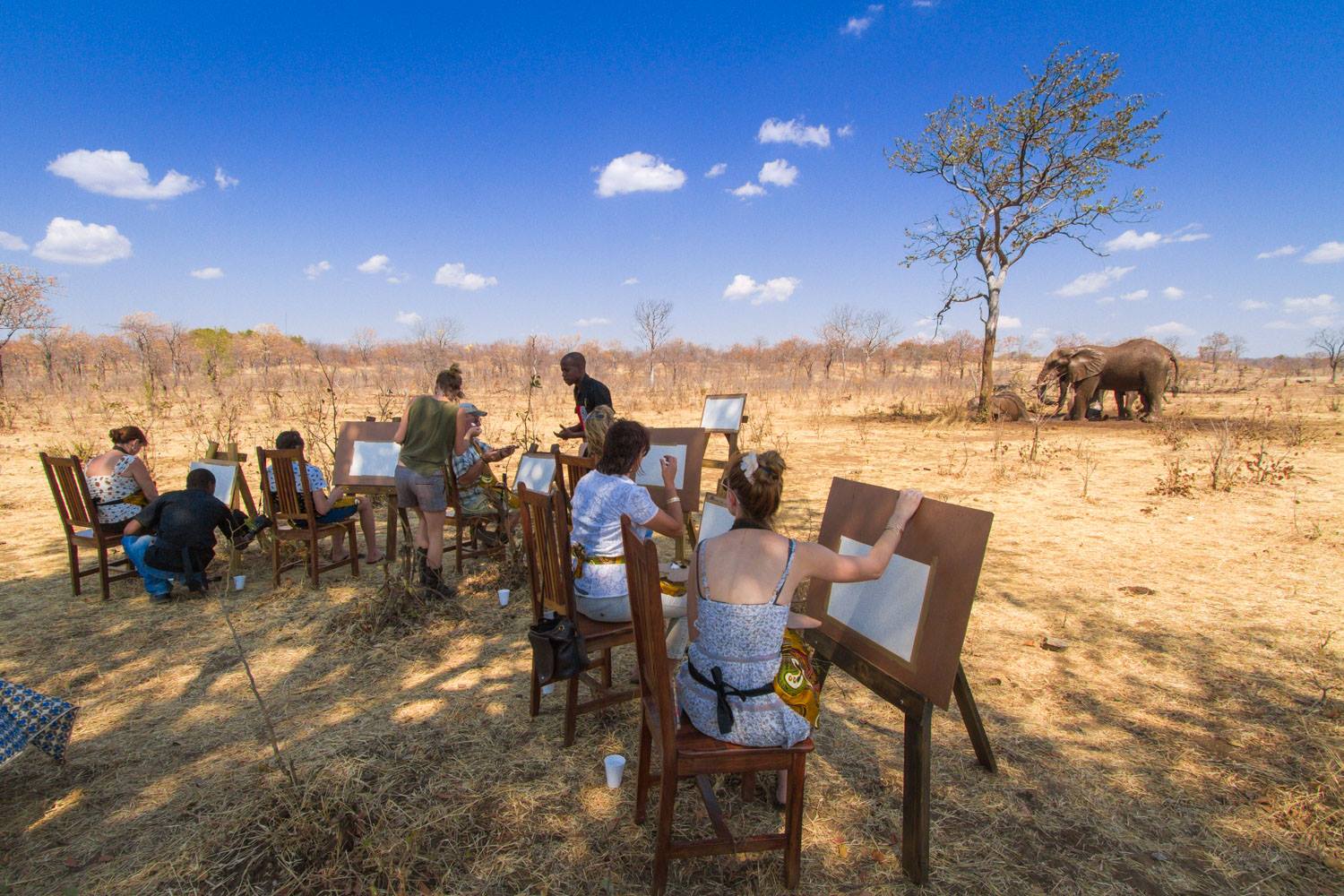
DO NOT be convinced that volunteering to work with animals is always conservation.
Unless you are qualified to work in conservation, such as a zoologist, biologist or conservationist, there is no need for your help.
DO volunteering work that actually helps conservation.
There may be a need for volunteers to join a conservation research organisation (such as WildlifeAct) where the work would entail things like setting camera traps, capturing data, tracking and monitoring, being involved with conservation education etc.

When considering wildlife conservation volunteering, be sure to ask questions such as:
- What are the size of the groups? Are they small and effective or large and purely income generating?
- What are the credentials of the organisation? Are they recognised globally? Have they had their research published in recognised scientific journals? Have they been awarded for their conservation work?
- Do they allow interaction with the wild animals beyond that which is required for the task at hand, such as when attaching a collar to an endangered species?

DO partake as a paying observer in essential conservation activities.
Guests are sometimes invited to pay for the privilege of being part of the team when a task, such as de-horning rhino, collaring elephant etc. These additional funds are used to finance these tasks as well as contribute towards anti-poaching efforts and further research.
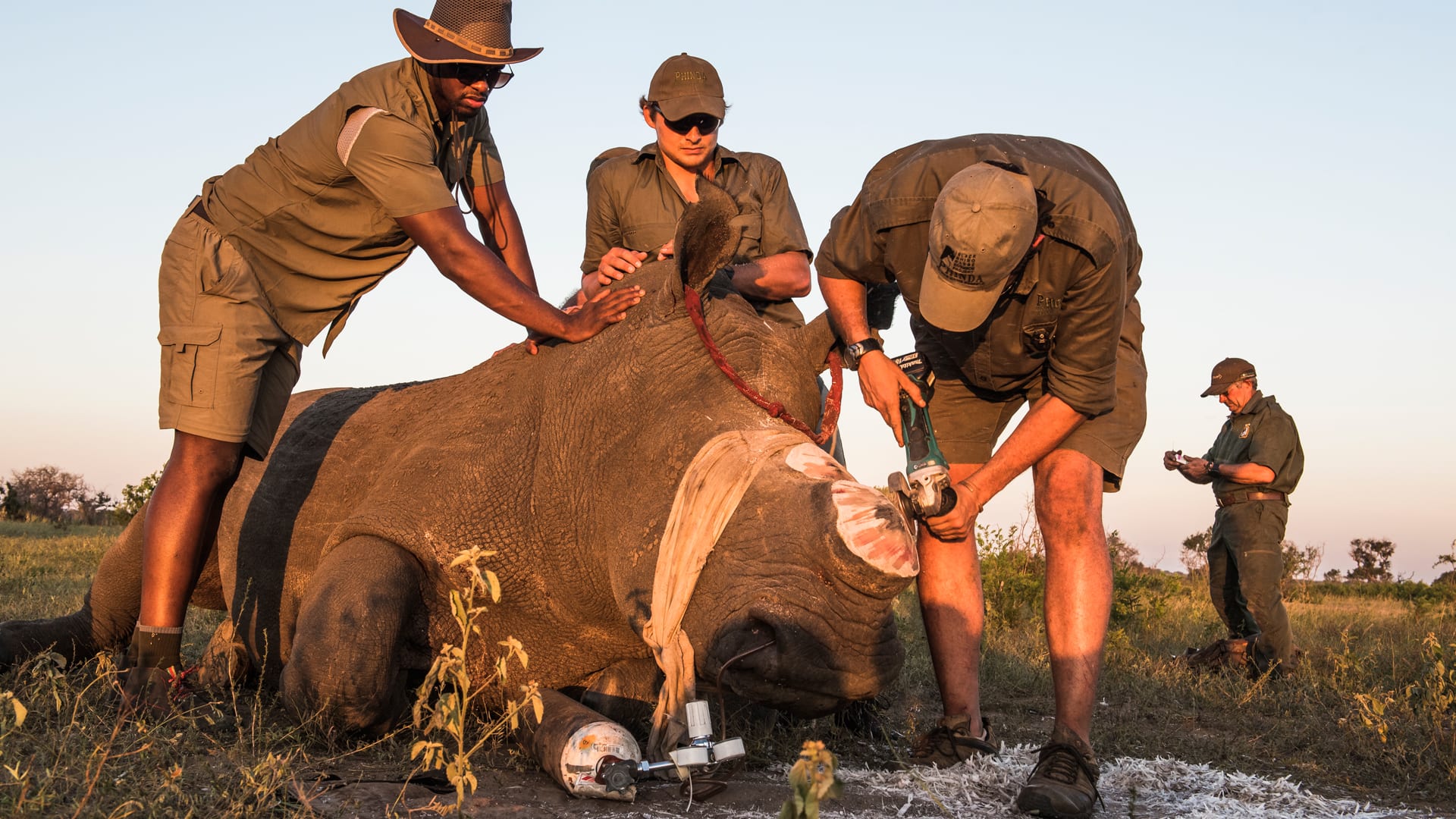
So, in a nutshell, make sure of the following:
- That the animals are only there because they need care, as they were either sick and injured, orphaned, rescued or abandoned
- No touching of animals
- No feeding of animals
- No animal performances
- No breeding of animals
- No trading of animals
Always make sure that the organisation is completely transparent with regards to their operations and their motives – and always question their marketing materials.
Images – Tessa Buhrmann, Wild Horizons, Conservation Namibia, andBeyond, Pixabay

